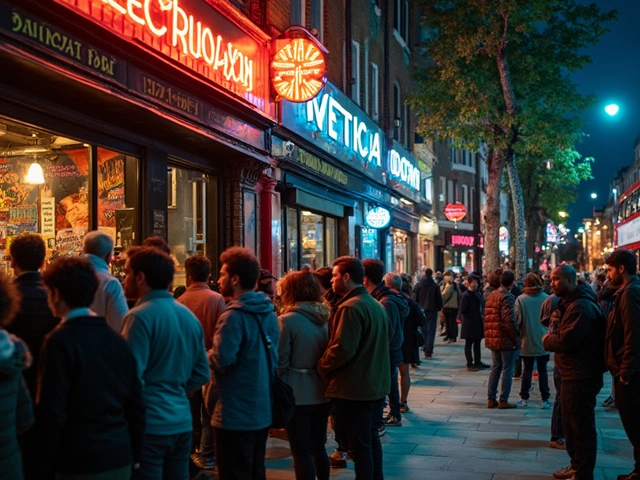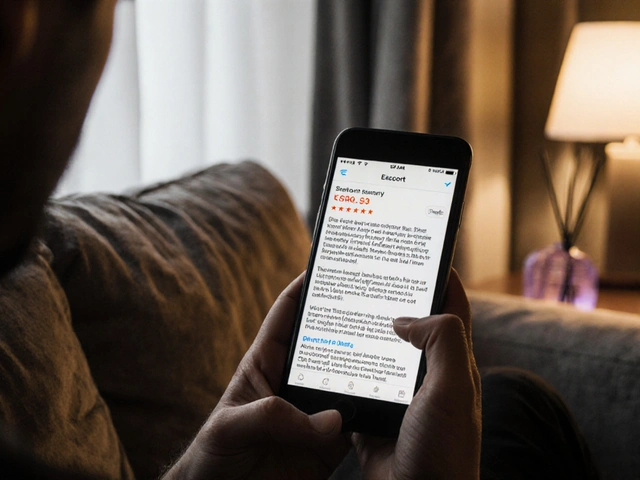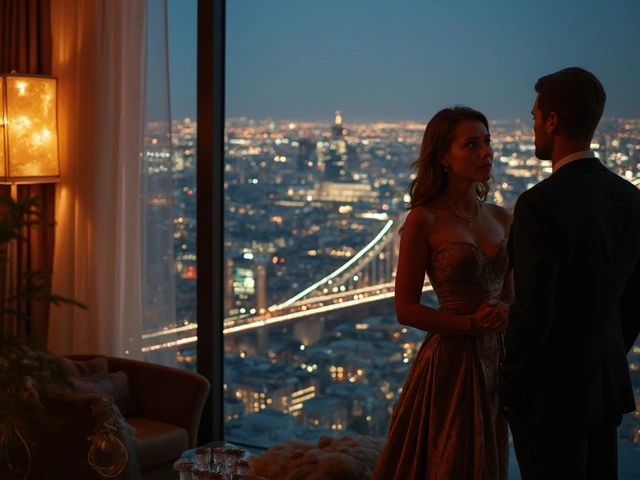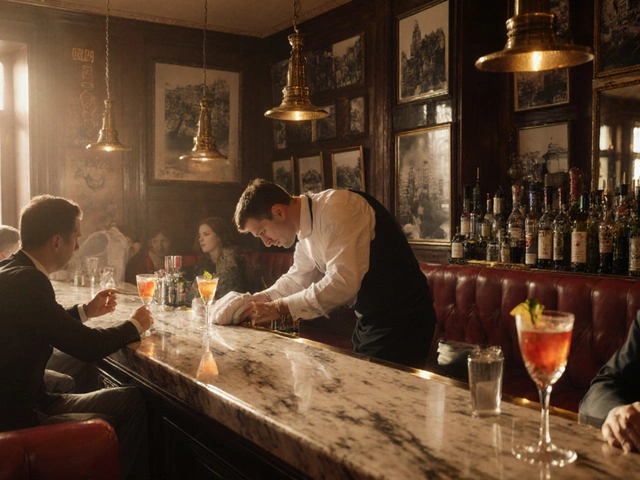If you live in London—or you’ve just moved here—one club’s always in the conversation: Ministry of Sound. Tucked away in Elephant & Castle, this isn’t just a tourist hotspot or a Friday night backup plan for students. It’s a massive part of London’s nightlife, shaping the city’s dance music scene since the early ‘90s. You probably know someone whose first real taste of clubbing happened under those iconic lights.
Forget about velvet ropes and dress codes that make you feel out of place. Ministry is known for its vibe: people go to dance, not just be seen. The queues can get long (especially on weekends), so if you want to skip standing around on Gaunt Street, booking a ticket online ahead of time is a Londoner’s no-brainer move. South Londoners know to use the 24-hour Northern line, and night buses stop right outside, so getting home after sunrise isn’t a headache.
- Legendary Roots in South London
- The Sound That Changed Clubbing
- Big Names and Unforgettable Nights
- What to Expect on Your Visit
- London Club Culture and Ministry’s Influence
Legendary Roots in South London
Ministry of Sound isn’t hidden in Soho or Shoreditch, which might surprise some out-of-towners. Its home is Elephant & Castle—a part of South London that's more about community than posing. When Ministry opened its doors in 1991, the area wasn’t a nightlife hotspot, but that was the whole point. London needed a club focused on sound, not just style, and that’s exactly what this place delivered.
This venue actually started out in a repurposed bus garage. Crazy, right? The founders modeled the club on New York’s Paradise Garage, making Ministry of Sound the UK’s first club literally built for sound. People used to trek down to SE1 (sometimes from way across the city) just for the promise of music you could feel in your bones. Fast forward to today, and it's racked up over three decades of all-night parties, outlasting many clubs that came and went.
Here’s how Ministry stacks up in London nightlife history:
| Year Opened | Original Use | First in UK | Major Milestone |
|---|---|---|---|
| 1991 | Bus garage | Club purpose-built for sound | Became world-famous brand by early 2000s |
If you’re really into club history, Ministry was also the launching pad for its own record label. Tracks released under the Ministry of Sound label have sold over 70 million albums worldwide. The footprint stretches way beyond South London, but locals will always remind you: the real action started below the tracks in Elephant & Castle. The postcode SE1 has a cult following mostly because of this spot.
Even now, it’s not unusual to spot huge queues snaking outside late on a Saturday, with people from Brixton to Camden and beyond. Inside, the vibe stays true to its roots—no flash, just pure energy, great music, and proper sound. If you’re heading out from anywhere in London, you’ll hear the same thing—Ministry is the place for a proper night out.
- Getting there: Elephant & Castle Tube (Northern and Bakerloo lines) is a three-minute walk.
- Best days: Fridays and Saturdays, though special events pop up all year.
- Pro tip: Book tickets ahead. Londoners know door sales sometimes sell out way before midnight, especially for big-name events.
If you want to dig deep into Ministry of Sound’s roots, don’t just drop by for a quick look—immerse yourself, talk to the regulars, and ask about the times when the club only had a single dancefloor and a dream. The story of nightlife in London is way richer with this place in it.
The Sound That Changed Clubbing
Ask anyone in London about what makes Ministry of Sound different, and nine times out of ten, they’ll mention the sound system first. Since opening in 1991, Ministry has never treated its audio setup as just an add-on. Early on, its founders spent over £500,000 on a custom-made system — a move that set the standard for clubs across Europe. The club was inspired by New York’s Paradise Garage, but built to handle the UK’s appetite for big bass and long nights.
The famous “Box” room is where the magic happens. It’s designed so every corner gets hit with clear, powerful beats—no more losing the vibe because you’re stuck by the bar. The sound isn’t just loud; it’s crisp. Engineers regularly fine-tune the speakers and acoustics. If you’re used to tinny setups at smaller venues, Ministry will spoil you forever.
The club has even let top DJs—think Carl Cox, Pete Tong, and Armin van Buuren—test and tweak the sound before their sets. This obsessive approach means DJ sets feel less like background music and more like main events. If you’re scouting out the best spot inside, regulars say standing halfway between the DJ booth and the back wall is the real sweet spot for soaking up the full experience of the legendary system.
- Always bring earplugs. You’ll want to protect your hearing without missing the detail in every track.
- Head in early to see how the atmosphere ramps up as the room fills and those signature lasers kick in with the music.
- If you appreciate good sound, Ministry of Sound is a bucket-list spot right at the heart of London nightclub culture.
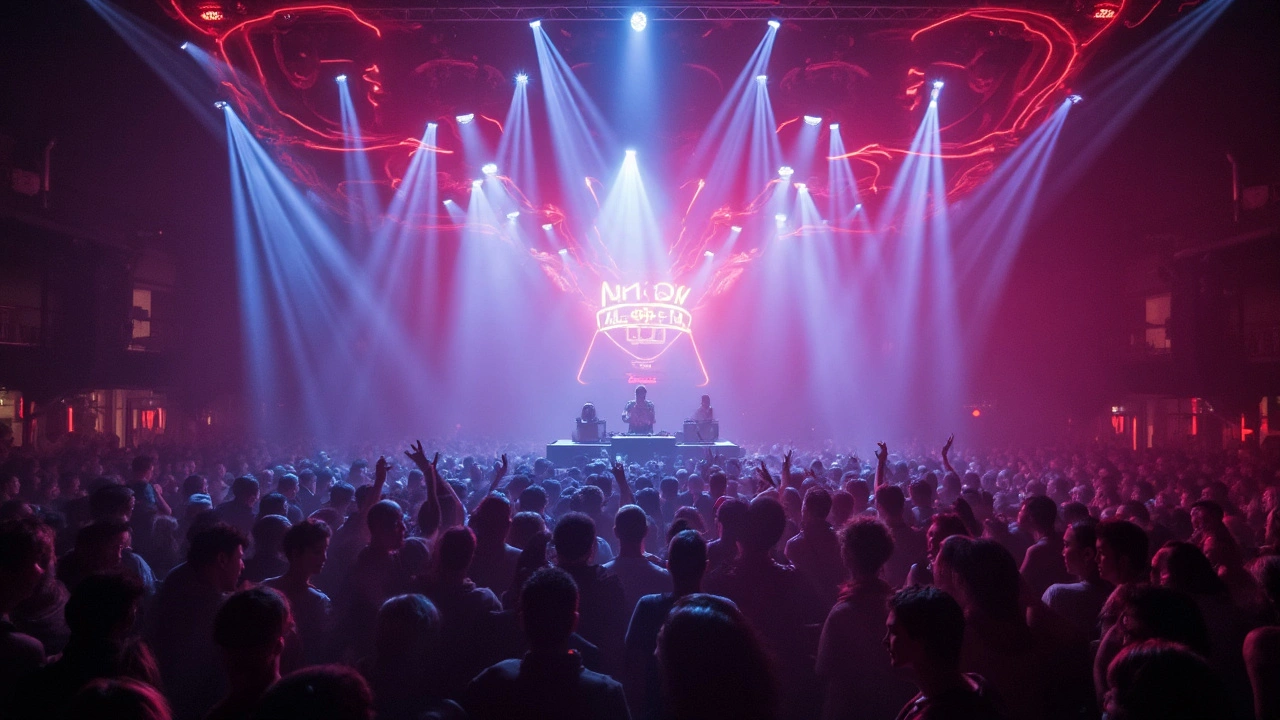
Big Names and Unforgettable Nights
If you ask anyone about the Ministry of Sound, you’ll hear about the jaw-dropping DJ sets and wild nights. This place isn’t just another London nightclub; it’s basically a rite of passage for electronic music fans. The booth here has seen legends: Fatboy Slim, Pete Tong, Carl Cox, and Above & Beyond have all headlined Ministry’s main room. Back in the day, even Daft Punk played an early UK show here and Annie Mac’s Friday night sets used to pack the club to its sweaty max.
The big secret behind those unbelievable nights? The club’s programming is relentless. Take New Year’s Eve, for example—tickets sell out weeks in advance because Ministry lines up festival-sized acts and surprise back-to-backs you can’t catch anywhere else in the capital. Student nights, like Milkshake Mondays, attract both rising stars and headliners on their days off, giving regulars a chance to catch household names without breaking the bank.
Here’s a quick look at some unforgettable events and facts that give Londoners bragging rights at Ministry:
- Tiësto, Armin van Buuren, and David Guetta have all played marathon sets, sometimes stretching past dawn.
- When Swedish House Mafia got their first London club booking, it was at Ministry’s legendary Box room.
- Birthday parties for the club (the 20th in 2011 was wild) pull in secret guest appearances—people still talk about Eric Prydz dropping in unannounced.
If you care about stats, check this out:
| Artist | Biggest Crowd (Approx.) | Year |
|---|---|---|
| Carl Cox | 1,500 | 2010 |
| Armin van Buuren | 1,400 | 2015 |
| Annie Mac | 1,200 | 2017 |
Whether you go for the headline acts or random Tuesday parties, you’re never short on stories to tell. If you’re planning a first visit, check the website calendar—London’s Ministry of Sound keeps the next big name under wraps until tickets drop, so being quick can mean seeing tomorrow’s superstar for the price of a Deliveroo dinner.
What to Expect on Your Visit
Walking up to Ministry of Sound, you’ll probably hear the bass thumping before you even get to the door. First thing: don’t forget your ID. They’re strict about age—nobody under 18 gets in, no matter how convincing you look. Everyone goes through airport-style security, which might feel intense, but it means you can relax once inside. Leave big bags at home and stick to the essentials to make entry smoother.
Once you step into the main club, you’ll find four rooms: The Box, The 103, Baby Box, and The Loft. The Box is the powerhouse—this is where you’ll hear that world-famous sound system. Some say it’s the loudest in London—if you’re into bass, grab a spot dead centre for the cleanest, deepest feel. Grab earplugs from the cloakroom if you’re planning a long night—the music doesn’t hold back.
Drinks aren’t cheap, but tap water is always free at the bar (by law in the UK), and the bartenders don’t mess about with long waits. Plan your cash or card ahead; loads of Londoners pay by contactless these days. There’s a well-kept cloakroom near the entrance, so you don’t have to lug your jacket around all night.
| Ministry of Sound Fast Facts | Details |
|---|---|
| Capacity | About 1,600 people |
| Peak Entry Hours | 23:30 – 01:30 |
| Alcoholic Pint Price (2025 avg) | £7 – £8 |
| Best Tube | Elephant & Castle (Northern/Bakerloo lines) |
| Average Queue Time (weekend) | 30-60 minutes |
| Resident DJs & International Bookings | Weekly |
Not everyone wants to rave until 6am, but the main floor stays packed till sunrise. Smoking area is out the back, and there are staff everywhere if you need them—London clubs take welfare and safety seriously. Don’t want to lose your mates? Set a meeting point (there’s barely any phone signal in The Box on busy nights).
If you’re coming from across town, book a minicab through an app like Addison Lee or Bolt for late journeys home. Just don’t expect to flag a black cab right outside at closing time—everyone else has the same idea. For first-timers or long-time fans, Ministry of Sound always delivers what London clubbers crave: epic music, a huge sound, and a buzzing crowd who are there for a proper night out.

London Club Culture and Ministry’s Influence
The Ministry of Sound isn’t just another stop on London’s nightclub map. It’s been a trendsetter since 1991, shaping what nightlife means in the city. When Ministry opened, London’s club scene was mostly small basement bars and scattered raves. Ministry changed that with its huge, purpose-built space and all-night parties, making clubbing accessible for everyone, not just the in-crowd.
The club’s crowd shows London’s diversity in full force. On any given weekend, you’ll spot clubbers from Shoreditch, Brixton, and even folks down from Manchester or up from Brighton. Ministry’s “no frills, just music” policy has kept it fresh while other London clubs faded out. It’s a big reason London was the first city after New York to be called the “club capital of the world.”
Ministry’s influence can be measured in numbers and headlines, not just stories. Here’s a quick look:
| Fact | Detail |
|---|---|
| Opened | September 1991 |
| Visitors per year | Over 1.5 million |
| Notable guests | Tiësto, Fatboy Slim, Avicii, Pete Tong, Armin van Buuren |
| Iconic feature | Famous “The Box” sound system |
The club’s strict door policy helped create a safe space, especially at a time when UK nightlife was plagued by drugs and violence. Ministry’s bouncers make sure anyone causing trouble is out, so dancers can enjoy the music and not worry. This was pretty unusual in the ‘90s club scene and played a part in the club’s long-term success.
Ministry didn’t stop at clubbing. It launched its own label, and albums from Ministry of Sound became the UK’s highest-selling dance compilations. Many clubbers have found DJs who later blew up worldwide, thanks to regular nights showcasing up-and-comers alongside international names.
These days, when London faces rising costs and club closures (Fabric fans, I feel your pain), Ministry stays busy every weekend. It adapts—offering day raves, student nights, or even lines of alcohol-free drinks for the “sober curious.” It’s a go-to, whether you’re marking GCSEs, a birthday, or just letting off steam after a long week on the Tube.
So if you want to tap into proper club culture in London, Ministry of Sound is the spot. You’ll hear sets that kick-start trends and see how the city’s music taste keeps evolving. It’s the heartbeat of London dance music, and it’s never lost its edge.




